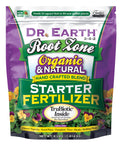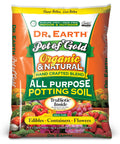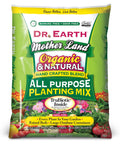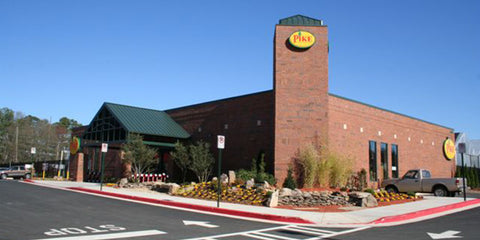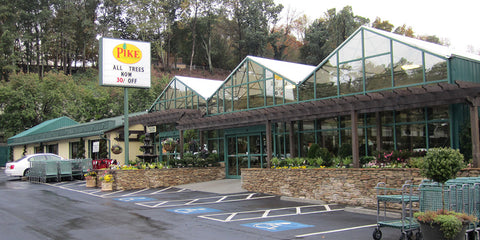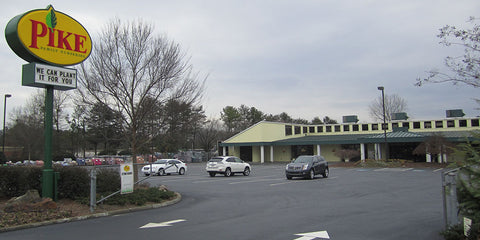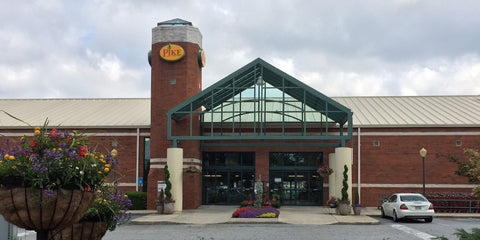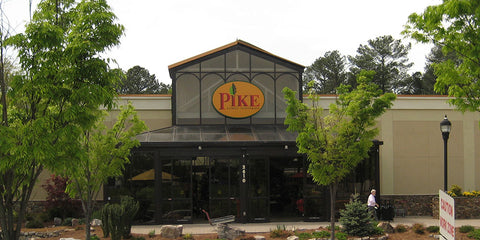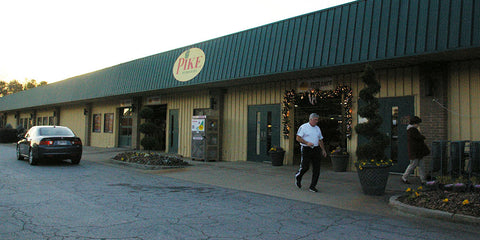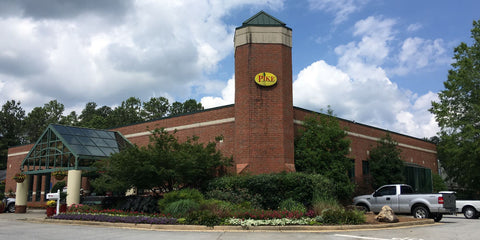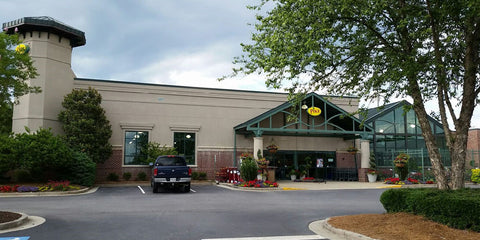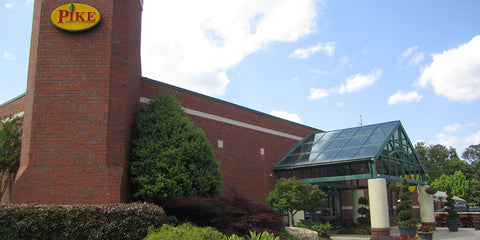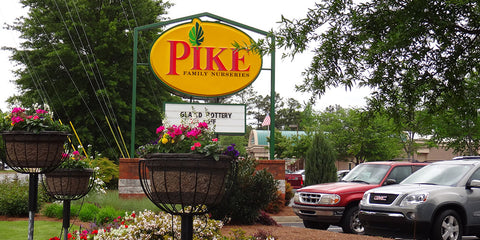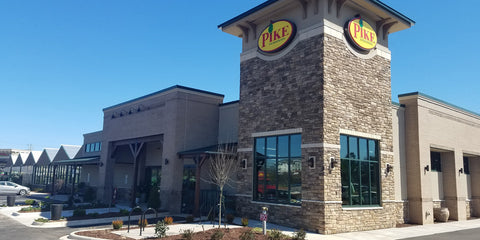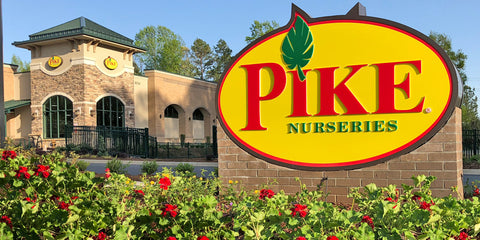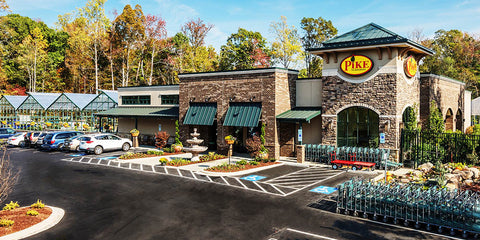Details
Edible Qualities
Red Grape Tomato is an annual vegetable plant that is commonly grown for its edible qualities. It produces small clusters of red oval tomatoes (which are technically 'berries') with red flesh which are usually ready for picking from mid to late summer. This is an indeterminate variety, which means it produces fruit throughout the growing season. The tomatoes have an exceptionally sweet taste and a firm texture.
The tomatoes are most often used in the following ways:
- Fresh Eating
- Eating When Cooked/Prepared
- Cooking
- Pickling
- Canning
Care
Planting & Growing
Red Grape Tomato will grow to be about 5 feet tall at maturity, with a spread of 24 inches. When planted in rows, individual plants should be spaced approximately 24 inches apart. Because of its vigorous growth habit, it may require staking or supplemental support. This fast-growing vegetable plant is an annual, which means that it will grow for one season in your garden and then die after producing a crop.
This plant can be difficult to integrate into a landscape or flower garden, and is best grown in a designated vegetable garden. It should only be grown in full sunlight. It does best in average to evenly moist conditions, but will not tolerate standing water. It is not particular as to soil pH, but grows best in rich soils. It is somewhat tolerant of urban pollution. Consider applying a thick mulch around the root zone over the growing season to conserve soil moisture. This is a selected variety of a species not originally from North America.
Red Grape Tomato is a good choice for the vegetable garden, but it is also well-suited for use in outdoor containers and hanging baskets. With its upright habit of growth, it is best suited for use as a 'thriller' in the 'spiller-thriller-filler' container combination; plant it near the center of the pot, surrounded by smaller plants and those that spill over the edges. It is even sizeable enough that it can be grown alone in a suitable container. Note that when growing plants in outdoor containers and baskets, they may require more frequent waterings than they would in the yard or garden.

